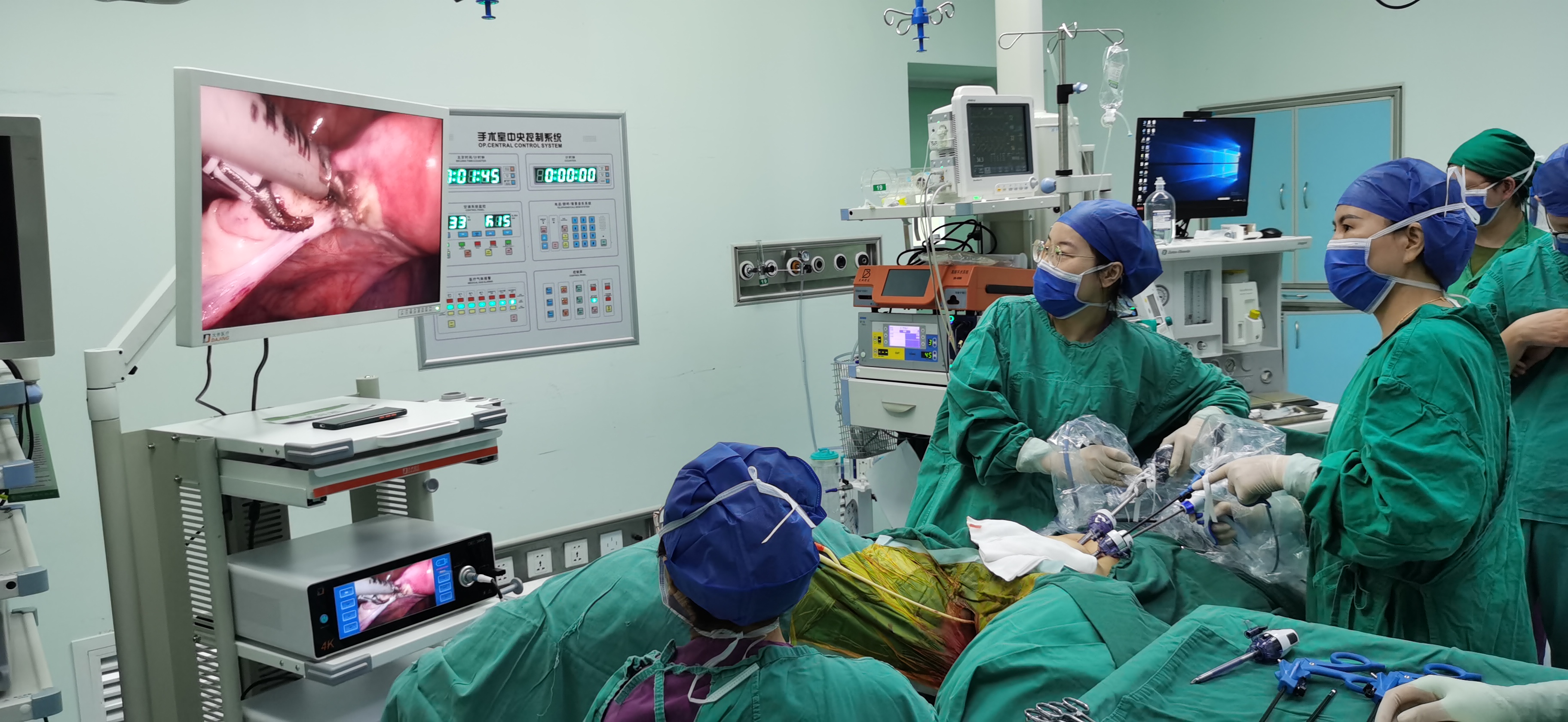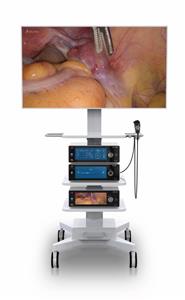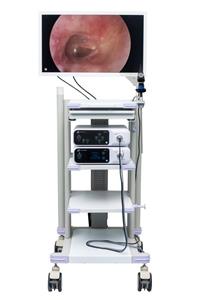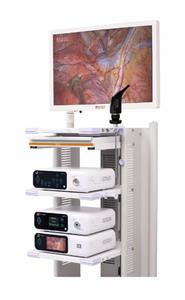Influencing factors of intraoperative hypothermia in patients undergoing laparoscopic surgery for uterine fibroids
From June 2019 to June 2021, the clinical data of 90 patients with uterine fibroids who underwent laparoscopic surgery in our hospital were analyzed using Logistic regression to analyze the relevant factors affecting the occurrence of intraoperative hypothermia in patients undergoing laparoscopic surgery for uterine fibroids. Results: The incidence of intraoperative hypothermia in patients undergoing laparoscopic surgery for uterine fibroids was 31.11% (28/90); single factor analysis showed that age, anesthesia time, intraoperative flushing volume, total venous intake, operating room time and uterine muscle Intraoperative hypothermia in patients undergoing laparoscopic surgery for tumors (P<0.05); body mass index, anemia, room entry status, ASA grade, preoperative heart rate, anesthesia dosage, CO2 perfusion, total fluid output and abdominal cavity of uterine fibroids Intraoperative hypothermia in endoscopic surgery patients had nothing to do with it (P>0.05); multivariate analysis showed that age ≥ 60 years old (OR=4.808, 95%CI: 1.815-12.732), anesthesia time ≥ 90 min (OR=5.263, 95% CI: 1.431-19.351), intraoperative flushing volume ≥ 1 000 ml (OR=3.611, 95%CI: 1.364-9.563), total intravenous volume ≥ 1 500 ml (OR=3.733, 95%CI: 1.153-12.091) , Operating room time ≥ 120 min (OR=3.437, 95%CI: 1.226-9.638) was a high risk factor for intraoperative hypothermia in patients undergoing laparoscopic surgery for uterine fibroids (P<0.05). Conclusion: Intraoperative hypothermia in patients undergoing laparoscopic surgery for uterine fibroids is related to age, anesthesia time, intraoperative flushing volume, total venous intake, and operating room time.





